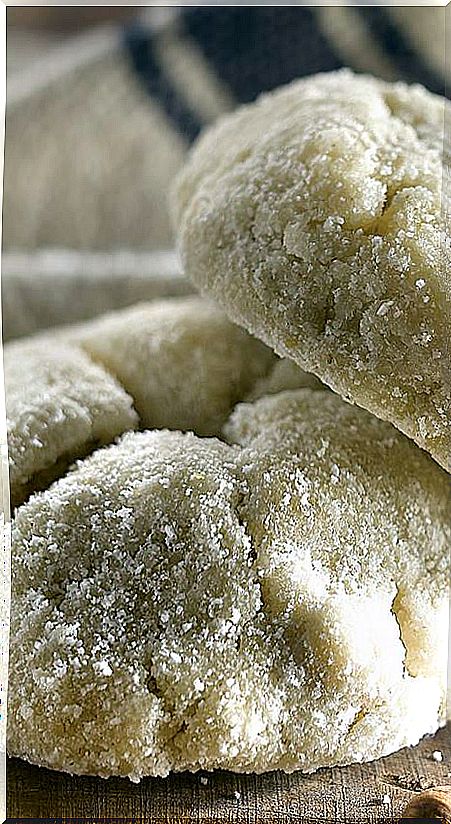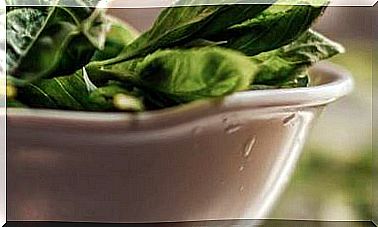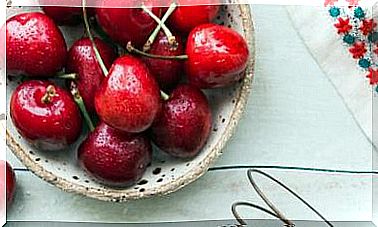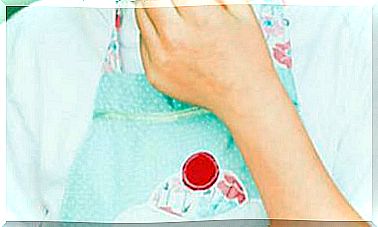6 Raw Breads That Are Not Baked

Keys to prepare and use raw breads
When making the bread, we can add the fresh sprouts as is or we can dehydrate them and store them for months in tightly closed glass jars. When we decide to make bread we can recover and grind them. This way we avoid the slow germination process every time we want to prepare a couple of rolls.
Sprouted cereals and pseudo-cereals are not the only base for raw breads. They can also be made with other preferably activated and / or germinated seeds –sunflower, pumpkin, flax– and with activated nuts –almonds, walnuts, Brazilian coquitos, hazelnuts, pine nuts …
Activate the seeds
It is important to wash and activate all seeds and nuts, since they also contain enzyme inhibitors similar to cereal phytates (the function of these compounds is to prevent the seed from germinating while the humidity and temperature conditions are not adequate, thus how to defend yourself from predators). In addition, its digestibility is favored and its nutritional properties increase.
The mucilaginous seeds Lino, Chia are an exception: we can use activated, germinated or unset. These are not the only foods that make up raw bread, they can also contain vegetables, fruits, aromatic herbs, roots, oils, algae, flowers, mushrooms …
The “Essene bread”
Raw bread is not some modern and eccentric invention. The idea is very old. In fact, it is called “Essene bread” because it is believed that it was a staple of this Jewish community around the second century BC that apparently based their diet on the consumption of vegetables, fruits, seeds and sprouts.
In the Bible, in Ezekiel 4: 9, its ingredients are described: “wheat, barley, beans, lentils, millet and spelled.” As we have seen, to make raw bread, the grains are activated and germinate, they are mixed with the rest of the ingredients, they are shaped –generally, rolls of about 10 cm in diameter– and dehydrated.
In summer, we can dehydrate our breads in the sun if we have a place away from pollution. Today’s dehydration devices mimic this gentle and natural drying process in the sun.
Once we have prepared our breads, we can store them in the fridge, in glass containers with a lid, for between 4 and 7 days. Depending on the ingredients and their degree of humidity, they can ferment and acquire a slightly spicy or acid flavor. Even so, they are still perfectly edible and healthy.
If our breads fermented, we can cut them into slices and dehydrate for a few hours; pungent or sour taste will be softened. If we have stored them in the fridge, before consuming them we will place them back in the dehydrator for about 30-60 minutes to remove the cold and return the most intense flavor of the warm food.
We will use our breads to accompany meals, in smaller portions than conventional bread as they are caloric and fill more. We can also make mini sandwiches or cut them into slices to spread with olive oil, raw vegan mayonnaise, aioli, avocado or some rich and healthy raw vegan pate.









